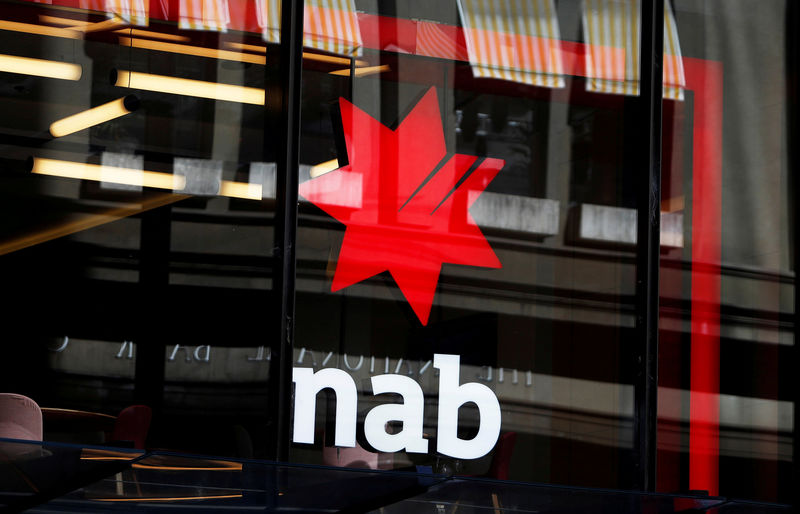National Australia Bank Ltd (ASX: NAB) has released its third quarter update, offering a snapshot of its recent performance. For the quarter ending June 30, NAB's results reveal a mix of stability and challenges across its operations.
Financial Highlights
- Statutory Net Profit: $1.9 billion
- Cash Earnings: $1.75 billion
- Common Equity Tier 1 (CET1) Ratio: 12.6%
Quarterly Performance Overview
During the three months, NAB experienced a 1% decline in revenue compared to the average for the first half of the fiscal year. This decrease was primarily due to weaker performance in the Markets & Treasury (M&T) business. When excluding M&T, revenue actually increased by 1%, driven by volume growth and higher other operating income, including business lending fees.
The bank's net interest margin (NIM) remained stable throughout the quarter. Although there were minor reductions due to lending competition and changes in deposit mix, these were counterbalanced by benefits from a higher interest rate environment. Notably, M&T and liquid assets had no impact on NIM.
Expenses for the quarter rose by 1%, mainly due to increased salary-related costs, though these were somewhat mitigated by productivity gains. NAB continues to pursue productivity savings of around $400 million for FY 2024, aiming for cost growth to be lower than the previous year.
Asset Quality and Impairments
NAB reported a credit impairment charge (CIC) of $118 million for the quarter. This charge reflects a further decline in asset quality, although it was partly offset by refinements in methodology that reduced the economic adjustment. The ratio of non-performing exposures to gross loans and acceptances increased by 11 basis points to 1.31%. This rise was attributed to a broad-based deterioration in the Business & Private Banking lending portfolio and higher arrears in the Australian mortgage portfolio.
Management Commentary
NAB's CEO, Andrew Irvine, expressed satisfaction with the bank’s performance despite the challenging economic conditions. Irvine highlighted that the result demonstrates a more stable operating environment and the benefits of consistent strategy execution. Lending balances increased by 1% over the June quarter, with a 3% growth in Australian SME business lending. However, growth in Australian home lending was modest at 1%.
Irvine acknowledged the pressure on asset quality due to the current economic environment but remained optimistic. He emphasized that the bank is committed to supporting its customers through these pressures. Despite the deterioration in asset quality, liquidity and collective provision coverage are healthy, and the capital position remains strong, supporting the continuation of the on-market share buy-back program.
Looking ahead, NAB plans to build on its recent progress with a focus on improving customer service and simplifying operations. The bank's strategic priorities will evolve, but there will be no change in its disciplined approach to accountability and execution. NAB is well-positioned to manage its business effectively for the long term and aims to deliver sustainable growth and returns for its shareholders.
